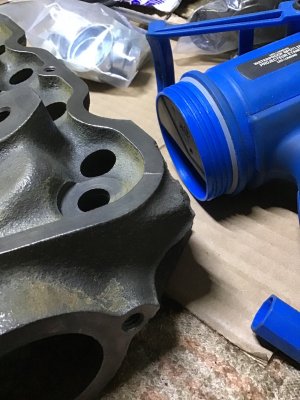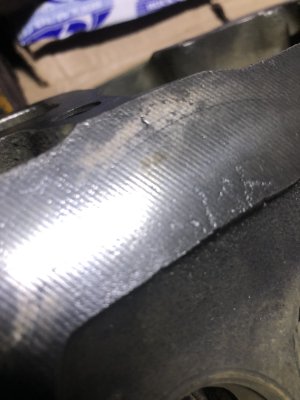A little over 20lbs, OK.
I noticed the chip color, load and formation. I noticed on this project you don't seem to be using coolant

My guess would be, you will be running lower than 350 RPM in time with different inserts when machining cylinder heads perhaps? Interrupted cuts are a bugger in those head castings.
Do you feel as thou the rotating weight mass could eventually do harm to your spindle, bearings or housing over time?
Fluid film has gotten expensive these days, being a car guy myself.
I use mine sparingly these days. I picked up a project Olds in 2021 on the cheap, and its still covered in fluid fill. Probably 1 of those projects that will be sitting long after I kick my clogs..
My brain is telling me, I've got to ask....
How much your taking from those Chev heads ? A compression boost ? Or just clean up for new head gaskets?


